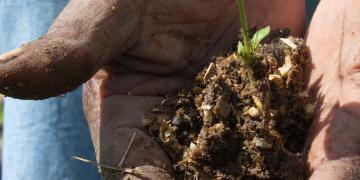Creating Awareness about Marine Conservation in Palk Bay (2007 - 2022)
Participatory Survey for Mapping Seagrass Beds in northern Palk Bay (2010 - 2017)
Developing Participatory, Eco-friendly and Low-cost Seagrass restoration method (2016 - 2022)
Technical Training for Seagrass Restoration and Dugong Rescue and Release for Forest Department (Since 2017)
Networking and Capacity Building of Volunteers for Dugong Rescue and Release (Since 2016)
Providing Technical support for Planning Dugong Conservation Reserve in Palk Bay (2017 - 2022)
